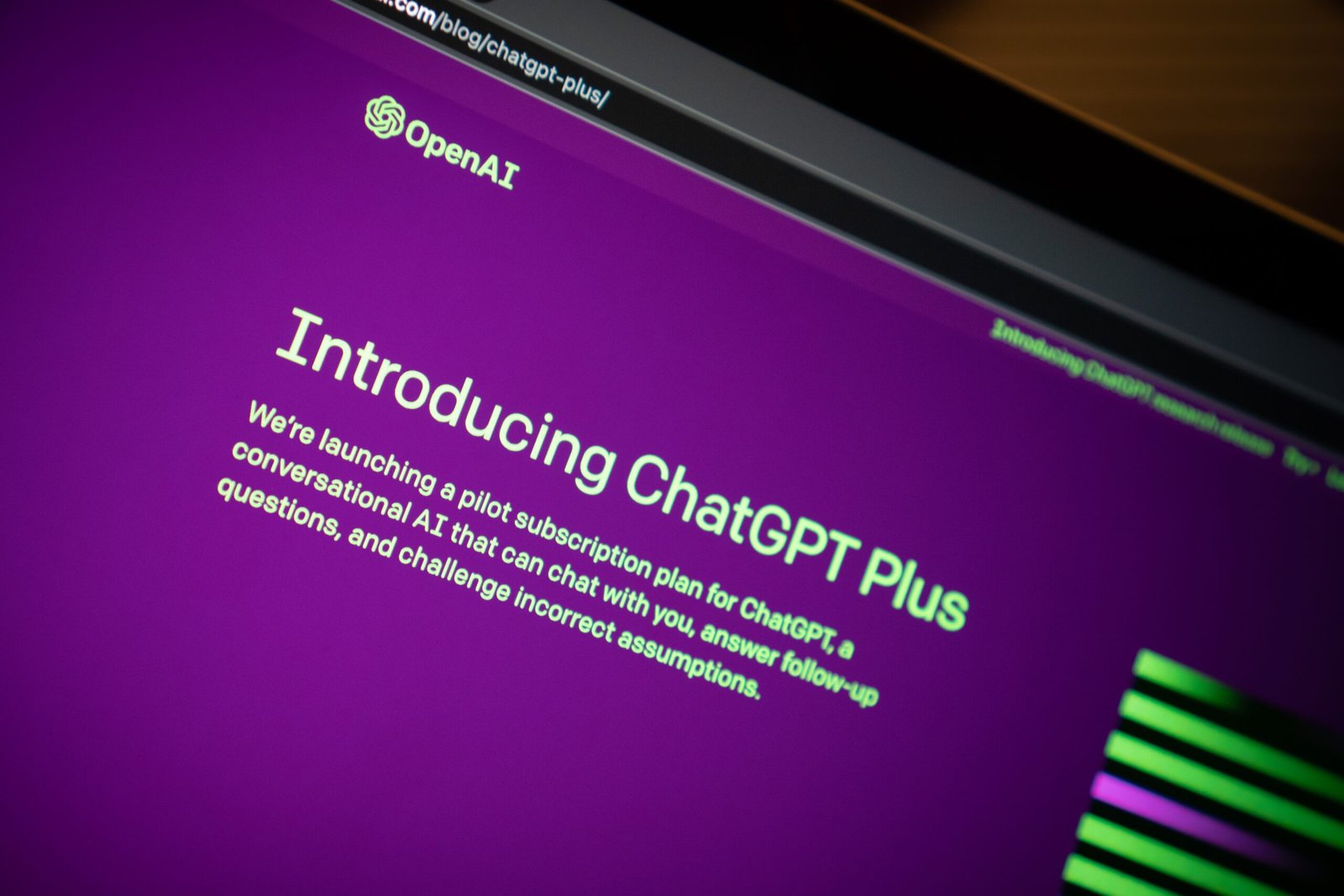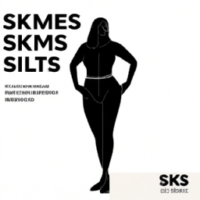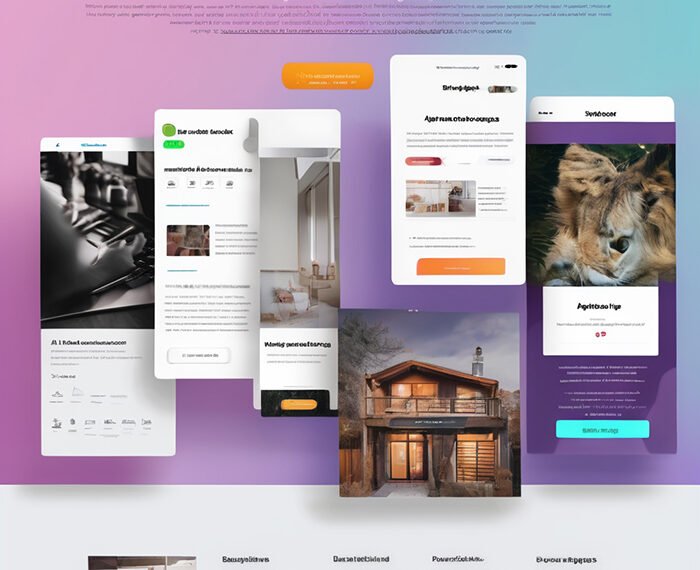The leaked API document regarding GPT 4.5 has generated considerable speculation and excitement within the tech community. Although the document has not been confirmed as authentic, its contents suggest a significant update to OpenAI’s language model. GPT 4.5 is expected to offer multimodal capabilities across language, audio, vision, video, and 3D, along with complex reasoning and crossmodal understanding. This potential upgrade opens up new possibilities for input types, such as audio and video, which could enhance the model’s ability to analyze and provide feedback. Furthermore, the mention of 3D capabilities raises questions about whether GPT 4.5 could generate 3D models or comprehend the three-dimensional space captured in uploaded images. If these leaked details prove accurate, it could mark another significant advancement in large language models and their potential applications, particularly in areas such as robotics.
GPT 4.5 Leak: A Sneak Peek at OpenAI’s Multimodal Capabilities

Deepest Discount on Software Deals for Small Business Owners
Introduction to the GPT 4.5 leak
Recently, there have been posts on Reddit and other platforms suggesting the leak of a credible API document related to OpenAI’s upcoming version of GPT, referred to as GPT 4.5. Although the leaked document has not been officially confirmed, its content provides valuable insights into the potential features and advancements of this new model. In this article, we will explore the leaked document in detail, discussing the multimodal capabilities, expanded input sources, context window, and other implications of GPT 4.5, along with its relevance to advanced robotics and chatbots.
Overview of the leaked document
The leaked document appears to be an internal testing document related to GPT 4.5, which suggests that OpenAI may be approaching an official announcement of this version. While the document provides limited information, it outlines the key capabilities of GPT 4.5, which include multimodal capabilities across language, audio, vision, video, and 3D. Additionally, it mentions complex reasoning and crossmodal understanding as prominent features. While the leaked document is yet to be verified, its contents offer valuable insights into the potential enhancements and advancements of GPT 4.5.
Multimodal capabilities of GPT 4.5
One of the significant advancements highlighted in the leaked document is the multimodal capabilities of GPT 4.5. Multimodal refers to the model’s ability to understand and process different types of input beyond traditional text-based input. While previous versions of GPT primarily relied on text prompts for generating responses, GPT 4.5 expands its capabilities to include other modalities such as audio, vision, video, and even 3D input. This advancement indicates OpenAI’s commitment to advancing the model’s understanding of diverse forms of information.

Deepest Discount on Software Deals for Small Business Owners
Understanding multimodal input
To fully grasp the significance of GPT 4.5’s multimodal capabilities, it is essential to understand the concept of multimodal input. Traditionally, users interacted with chatbots like GPT by providing textual prompts. However, with GPT 4 Vision, OpenAI introduced image-based input, enabling the model to process and provide information based on images. The leaked document suggests that GPT 4.5 might further expand these capabilities by allowing users to upload audio and video input as well. This aligns with recent developments in the field, such as Google’s Gemma I demonstration, and could potentially offer users a more immersive and interactive experience when using AI models.
Expanding beyond text with images
The leaked document indicates that GPT 4.5 might not only retain GPT 4 Vision’s image-based input capabilities but also enhance them further. With this advancement, users could potentially upload images for GPT 4.5 to analyze and generate responses based on visual information. This feature could have numerous applications, such as image-based question-answering systems or assisting users in extracting information from images accurately. OpenAI’s focus on expanding multimodal capabilities demonstrates their dedication to enabling AI models to operate beyond the limitations of text.
Possibility of audio and video input
In addition to image-based input, the leaked document suggests that GPT 4.5 might support audio and video input. In the context of audio, this implies that users could provide audio clips to GPT 4.5, enabling the model to process and generate responses based on the audio content. Similarly, users could potentially upload videos, enriching the input with visual and auditory information. This development aligns with recent advancements in AI research, indicating an increasing interest in analyzing and understanding multimedia data. While the leaked document does not provide exhaustive information regarding the implementation of audio and video input, it hints at OpenAI’s commitment to incorporating these modalities into GPT 4.5.

Exploring the meaning of 3D capabilities
The leaked document introduces the concept of 3D capabilities in GPT 4.5, but it remains somewhat ambiguous. The document hints at the possibility of GPT 4.5 generating three-dimensional models that can be utilized in applications such as computer-aided design (CAD) or even 3D printing. Another interpretation could be that GPT 4.5 understands the three-dimensional space depicted in the images users upload. This interpretation would be valuable for applications like augmented reality or virtual reality, where understanding the spatial context is crucial. The exact interpretation and implications of GPT 4.5’s 3D capabilities are yet to unfold, but they undoubtedly open up new possibilities for users and developers.
Complex reasoning and cross modal understanding
Apart from its multimodal capabilities, the leaked document also mentions complex reasoning and crossmodal understanding as distinguishing features of GPT 4.5. Complex reasoning suggests that GPT 4.5 can analyze and process intricate logical structures, allowing for more nuanced responses and interactions. Crossmodal understanding refers to the model’s ability to synthesize multiple modalities of input, such as text, audio, and video, to provide a comprehensive understanding of the given prompt. These capabilities have significant implications for various applications, ranging from advanced robotics to natural language understanding in chatbots.
Different models and their purposes
The leaked document reveals the existence of different models within the GPT 4.5 ecosystem. Specifically, it mentions GPT 4.5, GPT 4.5 64k, and GPT 4.5 audio and speech as separate models with distinct purposes. This modular approach is common in AI models, where variations of the base model cater to specific requirements or domains. While the document does not provide explicit details regarding the differences between these models, it suggests that GPT 4.5 audio and speech could be specifically designed for applications such as chatbots, enabling natural language conversations that leverage audio and speech input. Further exploration is necessary to understand the unique features and use cases of each model.

GPT 4.5, GPT 4.5 64k, and GPT 4.5 audio and speech
According to the leaked document, GPT 4.5, GPT 4.5 64k, and GPT 4.5 audio and speech are three different models associated with GPT 4.5. While the exact distinctions among these models remain undisclosed, it can be speculated that they correspond to variations of GPT 4.5 tailored to specific contexts or requirements. The presence of GPT 4.5 64k indicates a potentially larger context window, allowing the model to consider more tokens, providing a broader context for generating responses. Similarly, GPT 4.5 audio and speech seem to be specialized models, focusing on audio-based input and speech-centric applications. These distinctions enable users to leverage different models based on their specific use cases and requirements.
The significance of context window
A crucial aspect of GPT 4.5, as highlighted in the leaked document, is the context window. The context window can be understood as the working memory of the model during a conversation. In the context of chat GPT, each word or response is treated as a token, and the context window determines the number of tokens the model considers when generating responses. The leaked document mentions two context window sizes for GPT 4.5: 32k and 64k. A 32k context window corresponds to approximately 40 pages of text, indicating a significant amount of working memory for the model. The larger context window of 64k suggests an even greater capacity to retain and process data. These context window sizes significantly influence the model’s ability to generate coherent and contextually relevant responses, contributing to the overall user experience.
Understanding the context window in GPT 4.5
The leaked document sheds light on the context window sizes in GPT 4.5, emphasizing their relevance to the model’s working memory and information processing capabilities. While GPT 4.5’s context window size of 32k allows the model to consider approximately 32,000 tokens, it is important to note that the model’s selection of tokens is not necessarily limited to the most recent 32,000 tokens. The document suggests that the model might mix tokens from the beginning, middle, and end of a conversation, depending on its internal mechanisms. This flexibility allows GPT 4.5 to contextualize responses effectively and maintain coherence throughout extended conversations. Furthermore, the leaked document implies that GPT 4 Turbo, the current version used in chat GPT, has a context window size of 128k, hinting at OpenAI’s continual efforts to expand the context window capacity in subsequent models.
Comparison to GPT 4 Turbo
The leaked document indirectly compares GPT 4.5 to GPT 4 Turbo, the current version employed in chat GPT. While the specifics of the comparison are not extensively covered, it suggests that GPT 4.5 introduces improvements and enhancements over its predecessor. Notably, the leaked document points out that GPT 4.5 has a smaller context window size compared to GPT 4 Turbo, which has a context window of 128k. However, this reduction in context window size should not be viewed as a limitation of GPT 4.5. Instead, it may indicate optimization and refinement of the model to achieve efficient and effective information processing.
Implications and speculations
The leaked document paves the way for numerous implications and speculations regarding the capabilities and potential use cases of GPT 4.5. Its multimodal capabilities, complex reasoning, and crossmodal understanding create opportunities for advanced robotics, where robots can perceive and understand their surroundings through visual and auditory inputs. Furthermore, the leaked document suggests advancements in chatbots, as GPT 4.5 audio and speech could enable more natural language conversations with improved audio-based interactions. While these implications are speculative, they align with the broader progress and direction of AI research, implying exciting possibilities in various domains.
The potential for advanced robotics
The leaked document offers a glimpse into the potential impact of GPT 4.5 on the field of advanced robotics. With its multimodal capabilities, specifically the ability to process audio, vision, and video inputs, GPT 4.5 could significantly enhance robots’ understanding of their environments. Robots equipped with GPT 4.5-like models could analyze real-time video input, interpret visual cues, and gain a comprehensive understanding of the three-dimensional space around them. This advancement is instrumental in enabling robots to navigate complex environments and interact intuitively with humans and other objects. While the leaked document does not provide concrete details, it suggests that GPT 4.5 might contribute to the advancement of robotics in the coming years.
Additional features for chatbots
In addition to the implications for robotics, GPT 4.5’s leaked capabilities have the potential to enhance chatbot interactions. The leaked document mentions GPT 4.5 audio and speech, indicating that OpenAI intends to provide specialized models optimized for audio-based inputs and speech-centric applications. This advancement has significant implications for chatbots, enabling more natural, engaging, and interactive conversations. Users could potentially have voice-based interactions with chatbots, fostering a more human-like and immersive experience. While the leaked document does not delve into the specifics, it suggests that GPT 4.5 might pave the way for chatbots that are capable of understanding and responding to audio inputs at a higher level than current implementations.
Conclusion
The leaked document on GPT 4.5 provides invaluable insights into the potential capabilities and advancements of OpenAI’s upcoming AI model. Its multimodal capabilities across language, audio, vision, video, and 3D offer users the opportunity to interact with AI models using a variety of input modalities. The concept of a context window, along with variations such as GPT 4.5 64k, underscores OpenAI’s commitment to enabling models with expanded working memory and information processing capabilities. Though additional information is necessary to fully understand the details of GPT 4.5, the leaked document sets the stage for exciting possibilities in advanced robotics, chatbots, and various other applications that strive for a more comprehensive AI-powered future.
Deepest Discount on Software Deals for Small Business Owners










